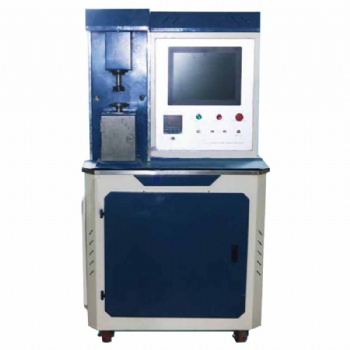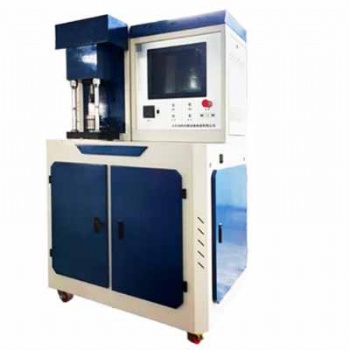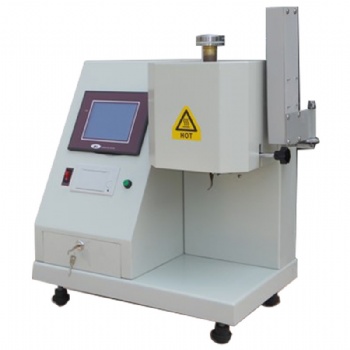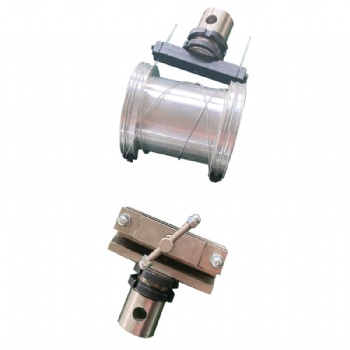News
Böhme Abrasion Tester: Procedure, Features, Comparison & Future Trends
Böhme Abrasion Tester: Test Procedure, Features, Comparison, and Future Trends
Introduction
Abrasion resistance is a critical property for materials used in flooring, concrete, stone, and construction applications. The Böhme Abrasion Test is widely adopted to assess the wear resistance of materials under standardized conditions. This blog will introduce the Böhme Abrasion Tester, explain its test procedure, highlight its features and components, compare it with other abrasion tests, and explore its history and future developments.
1. What is the Böhme Abrasion Test?
The Böhme Abrasion Test measures the resistance of materials like concrete, natural stone, artificial stone, and tiles to wear caused by mechanical abrasion. The test is conducted using the Böhme Abrasion Tester, which follows international standards such as:
EN 13892-3 – Methods for determining the wear resistance of flooring materials
DIN 52108 – Abrasion resistance testing for stone and concrete
ASTM C779 – Testing wear resistance of concrete surfaces
The test is essential for quality control in construction and infrastructure projects, ensuring materials can withstand long-term use under mechanical stress.
2. Böhme Abrasion Test Procedure
The Böhme Abrasion Test is performed in the following steps:
Step 1: Sample Preparation
A square specimen (typically 71mm x 71mm x 30mm) is cut from the test material.
The specimen is dried and cleaned before testing.
Step 2: Test Setup
The specimen is placed on a rotating steel disc of the Böhme Abrasion Tester.
A predefined weight (294 ± 3N) is applied to ensure consistent pressure.
Step 3: Abrasion Process
Abrasive material (e.g., corundum sand or silicon carbide) is sprinkled between the test specimen and the rotating steel disc.
The machine rotates at 30 revolutions per minute (RPM) for a total of 22 cycles (16.5 revolutions per cycle).
This simulates real-world abrasion conditions, replicating wear over time.
Step 4: Measurement and Calculation
The specimen is removed, cleaned, and weighed before and after testing.
Material loss (volume loss in cm³) is calculated to determine abrasion resistance.
Lower material loss = higher abrasion resistance.
3. Features and Components of the Böhme Abrasion Tester
Key Features
Heavy-duty steel frame for stability and durability
Precision-controlled rotating disc ensures repeatability
Adjustable weight loading system for different testing standards
Automated counting system for precise test cycles
Abrasive material dispensing system to maintain test consistency
Main Components
Rotating steel disc – The key platform for the abrasion process
Specimen holder – Securely holds test samples in place
Abrasive material feed – Distributes sand or other abrasives uniformly
Load weight system – Applies standard force on the sample
Control panel – Digital interface for setting test parameters
4. Comparison: Böhme Abrasion vs. Other Abrasion Tests
Test Type | Principle | Best for Materials | Common Standards |
Böhme Abrasion Test | Rotating steel disc with abrasive material | Concrete, stone, tiles, artificial stone | EN 13892-3, DIN 52108 |
Los Angeles Abrasion Test | Steel drum with rotating aggregates | Aggregates, road materials | ASTM C131, EN 1097-2 |
Taber Abrasion Test | Rotating disk with abrasive wheels | Coatings, plastics, rubber, textiles | ASTM D4060, ISO 5470 |
Micro-Deval Abrasion Test | Wet drum with steel balls | Aggregates, asphalt materials | ASTM D6928, EN 1097-1 |
Mohs Hardness Test | Scratch resistance using harder materials | Natural stones, minerals | MOHS Hardness Scale |
Key Differences:
Böhme Abrasion Test is best suited for concrete and stone materials, whereas Los Angeles Abrasion Test is used for aggregates.
Taber Abrasion Test is commonly used for coatings and plastics, not for heavy construction materials.
Micro-Deval Abrasion Test is primarily for road aggregates under wet conditions.
5. History and Evolution of the Böhme Abrasion Test
The Böhme Abrasion Test originated in Germany in the 20th century, designed to standardize abrasion resistance testing for flooring and construction materials. Over time, it has evolved with:
Improved automation – Modern machines feature digital control systems and data recording.
Higher precision – Advanced load monitoring ensures accurate force application.
Better material simulation – Use of real-world abrasive materials for realistic wear conditions.
6. Future Trends in Abrasion Testing
As material technology advances, abrasion resistance testing is evolving with:
1. Digitalization & Automation
Fully computer-controlled Böhme Abrasion Testers with real-time data logging.
Integration with AI for predictive analysis of material wear patterns.
2. Eco-Friendly Abrasive Materials
Shift from synthetic abrasives to natural or recycled abrasives.
Reduced environmental impact in material testing.
3. Nanotechnology & Smart Coatings
Development of self-healing materials that resist abrasion.
Testing new nano-coatings for extended durability.
4. Standardization & Global Adoption
Expansion of ISO standards for broader international compliance.
Increased adoption in sustainable construction projects.
Conclusion
The Böhme Abrasion Tester remains one of the most reliable methods for evaluating the abrasion resistance of construction materials. With advancements in automation, eco-friendly abrasives, and nanotechnology, the future of abrasion testing is set to become even more precise and efficient.
For businesses and laboratories requiring high-precision abrasion testing, investing in a modern Böhme Abrasion Tester ensures quality control and compliance with global standards.
Interested in Abrasion Testing Equipment?
Contact jinan wangtebei instrument and equipment today for high-quality Böhme Abrasion Testers and expert consultation.
Categories
Contact Us
- +86-18615632092
- wtbequipment@hotmail.com
- sophie-tester
- +86-18615632092




 售前客服
售前客服